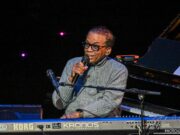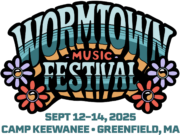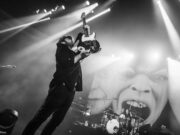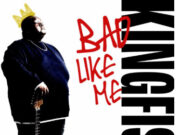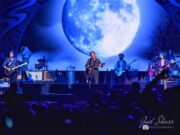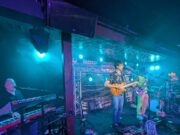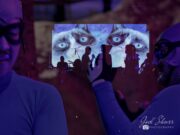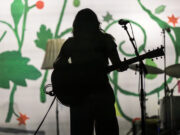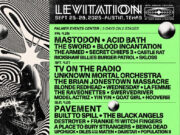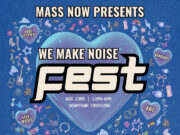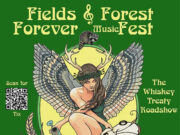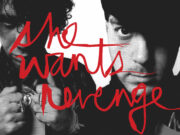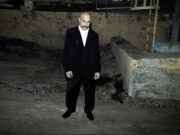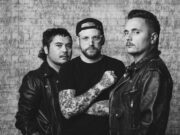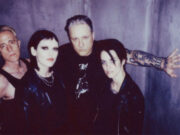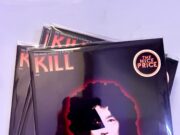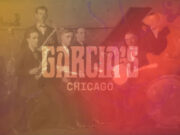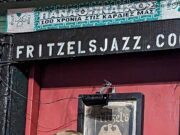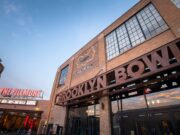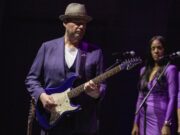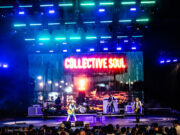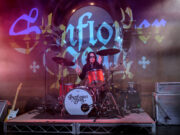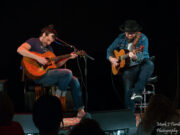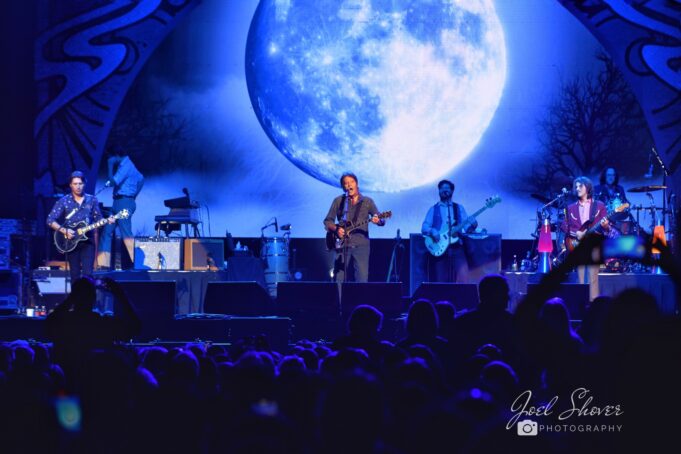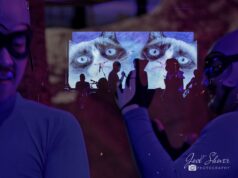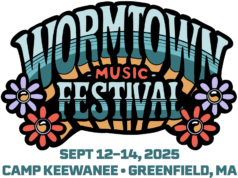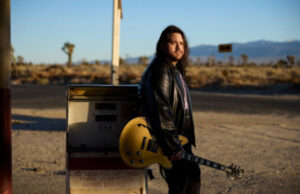Photography and words by @JoelShoverPhotography1
From the moment I walked into Mohegan Sun Arena on November 13th, 2025, I knew this one was going to be special. The room had that low, electric buzz you only get when a true legend is about to walk onstage. By the time John Fogerty hit the lights and slammed into “Bad Moon Rising,” the entire arena snapped to its feet, and I watched 10,000 people turn into one giant choir through my lens.
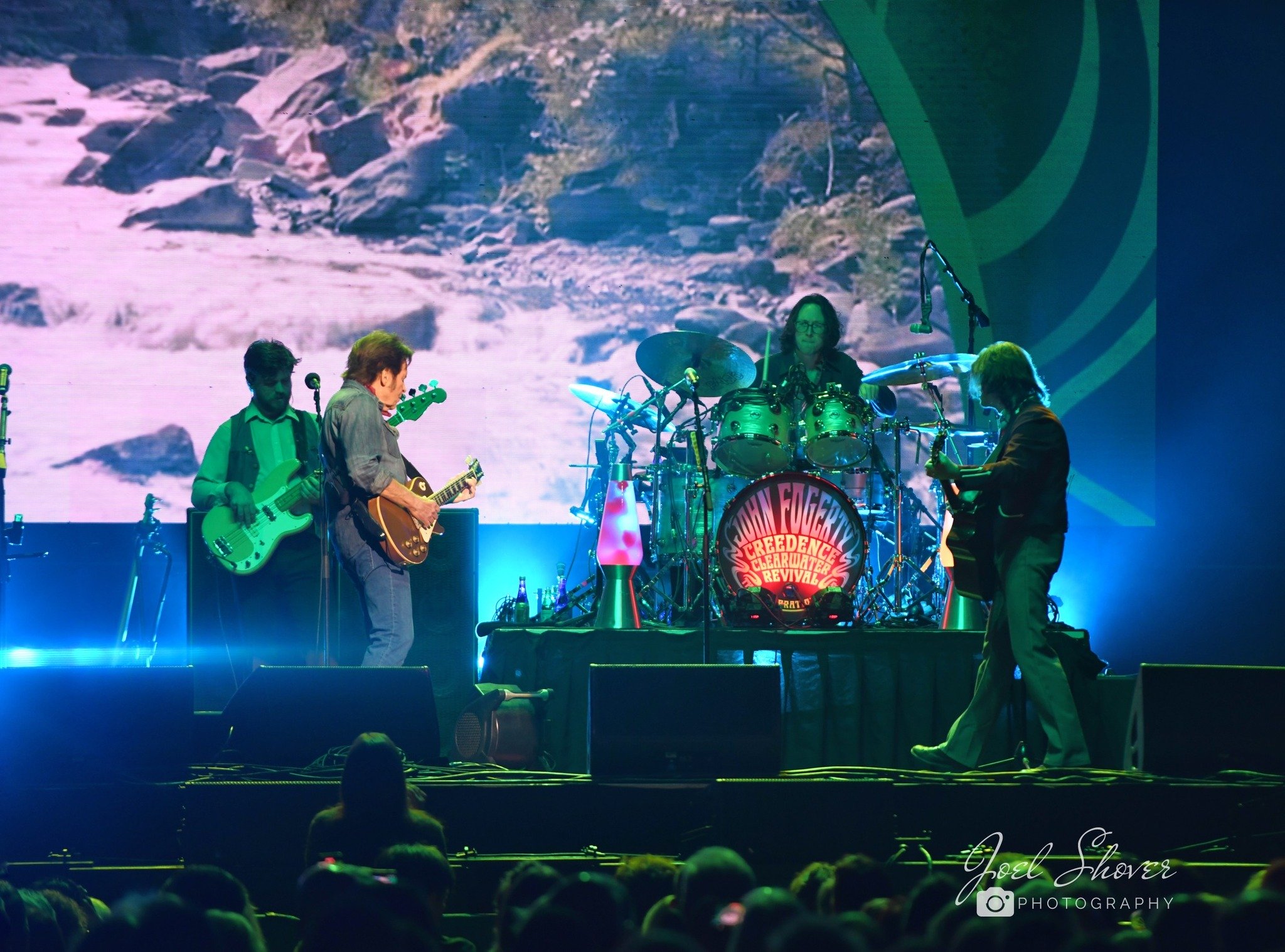
Fogerty’s voice still cuts through a mix like a freight train—raspy, urgent, and instantly familiar. “Bad Moon Rising” may have been born in 1969, but on this night it felt brand new, a storm warning and a sing-along all at once. Without missing a beat, he shifted straight into “Up Around the Bend,” those bright, chiming chords bouncing around Mohegan’s perfect sightlines while the crowd punched every “come on the risin’ wind” right back at him.
Then the band dropped into “Green River,” and the whole arena slid into that swampy groove. You could almost smell summer nights and riverbanks as Fogerty channeled those childhood creek memories through his guitar. Under the arena lights, Mohegan suddenly felt humid and thick in the best possible way, fans dancing like they were wading into the water with him.

“Born on the Bayou” followed, tremolo guitar pulsing while the lights sank into deep greens and purples. Fogerty leaned into every line like he was right there on some humid Louisiana back road, turning a Connecticut casino into a Southern fever dream.
Then—right where it belonged in the story—Fogerty eased into “Who’ll Stop the Rain.” He talked about playing it at Woodstock, about writing it while the world was drowning in war and confusion. Hearing the entire arena softly sing that chorus in 2025 was pure goosebump territory—decades have passed, but the questions in that song still hang heavy in the air.

He brought the smiles back with “Lookin’ Out My Back Door,” that wonderfully weird front-porch daydream, cartoon critters and all. The mood stayed light as he rolled seamlessly into “Rock and Roll Girls,” tipping his hat to his solo resurgence and the sheer stubbornness it took just to keep going when everything around him was falling apart.
Then came one of the night’s rarest gems: “A Hundred and Ten in the Shade.” A deep cut pulled from the vault, it hasn’t been played live since 2004, and you could feel longtime fans nudging each other in disbelief. It was a slow-burning, soulful breather that felt like a gift—a song pulled from the past and laid gently in the middle of a greatest-hits avalanche.
Fogerty followed with “Fight Fire,” reaching all the way back into his early roots. Gritty and raw, it showed the DNA behind the hits—the garage-band combustion that eventually grew into the Creedence roar. It was a reminder that even before the world knew his name, that fire-in-the-gut songwriting was already there.
One thing about John Fogerty in 2025: the “rock star” and the “family man” are welded together. That side of him came into full focus with “Joy of My Life.” Every time he mentioned his wife, Julie, he lit up, praising her not just as a partner, but as the person who helped him find his voice and his songs again. As he sang “Joy of My Life,” phones dropped, couples leaned closer, and Mohegan’s big arena suddenly felt like a tiny club. His delivery was raw and grateful—a love letter sung in front of thousands.

Mid-set, he steered us straight into Louisiana. When the band launched into “My Toot Toot,” the entire arena turned into one big Nawlins’ street party. The zydeco bounce, that “toot toot” call-and-response—that toot toot brought us smack dab in the French Quarter as we danced in the arena. People were moving to every note, strangers spinning each other in the aisles while I tried to keep up with the chaos through the viewfinder.

He kept the fun rolling with “It Came Out of the Sky,” that sly little rock fable about UFOs and media madness, proving that the man who wrote the anthems also has a sharp sense of humor still fully intact.
It may be the Legacy tour but Fogerty was sure to show he’s Still Chooglin’,” Fogerty made sure to live up to the name. “Keep On Chooglin’” rumbled in next, stretching into a swampy jam with the band locked in and grinning. Fogerty drove the train like it was 1970 all over again, feeding off the crowd as we clapped along and yelled the chorus back at him.
As the night pushed toward its emotional peak, “Have You Ever Seen the Rain?” arrived like a confession. Written when Creedence was on top of the charts but falling apart inside, it landed here as a song sung across generations. A whole arena swayed and sang in unison—a shared moment of bittersweet reflection that felt as relevant now as it did then.
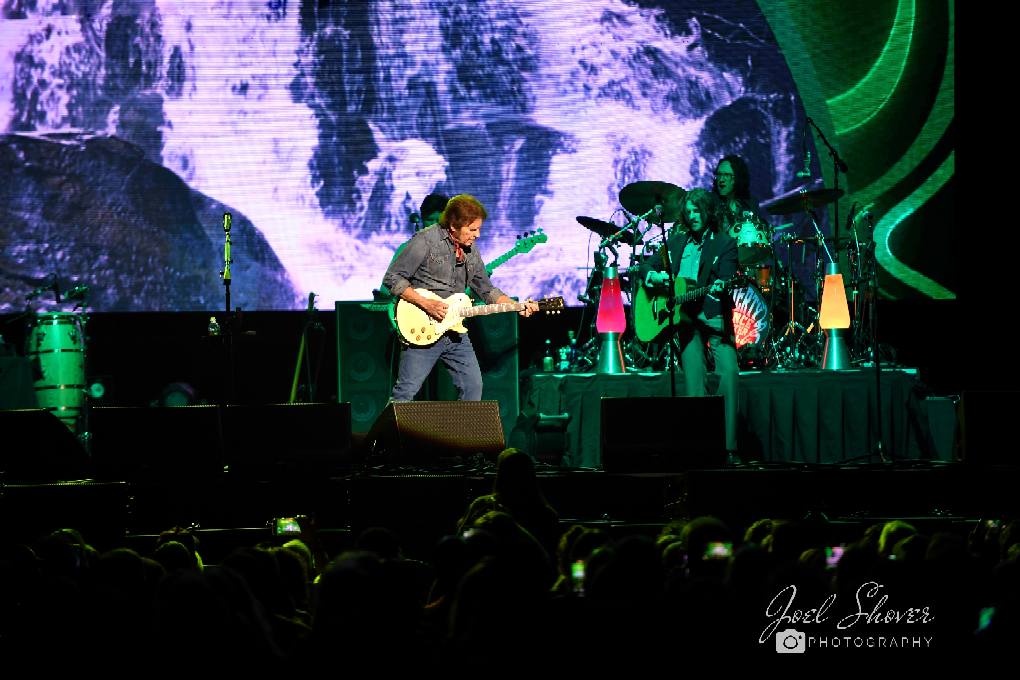
The mood shifted from reflective to triumphant when “Centerfield” fired up. Mohegan turned into a ballpark, with fans miming swings and pumping their fists. Right after, “Down on the Corner” turned the room into a street-corner jam, all stomps and claps, like Willy and the Poor Boys had dropped into Uncasville for the night.
Then that legal history he’d hinted at earlier came roaring full circle when Fogerty hit the opening lick of “The Old Man Down the Road.” The song that was once dragged into a courtroom now blasted out of the PA like a victory lap. Seeing him own it—no hesitation, no baggage, just joy—felt like a quiet, powerful form of justice.
From there, he lit the fuse on one of rock’s most enduring protest songs. “Fortunate Son” roared out like a siren, still just as sharp and relevant as it was in ’69. Every “It ain’t me!” hit the back wall. This wasn’t nostalgia; this was a living, breathing protest song still doing exactly what it was built to do.
I’ve shot a lot of shows at Mohegan Sun Arena, and it never stops impressing me. The place has the polish and scale of a full-on touring juggernaut, but the heart of an intimate theater. There’s not a bad angle in the house—I could see fans in the upper deck singing just as hard as the folks on the rail. Fogerty clearly felt that, too. He praised the room, the crew, and the way Mohegan runs a show—professional, tight, and dialed. The sound was warm and punchy without ever getting harsh. Lights painted the songs instead of fighting them.

For the encore, “Travelin’ Band” tore out of the gate—two minutes of pure, old-school rock & roll chaos. It felt like a postcard from the early days, yet somehow totally present, completely alive.
He closed the show with “Proud Mary.” That opening line about leaving a good job in the city rolled out and the whole arena exhaled in recognition. We’d already been taken through rainstorms, ballparks, back porches, bayous, and deep cuts that hadn’t seen daylight in decades, but this was the song everyone seemed to be waiting for. It’s been covered a thousand different ways, but nothing touches hearing the man who wrote it deliver it straight, surrounded by fans who know the story behind the smile now.
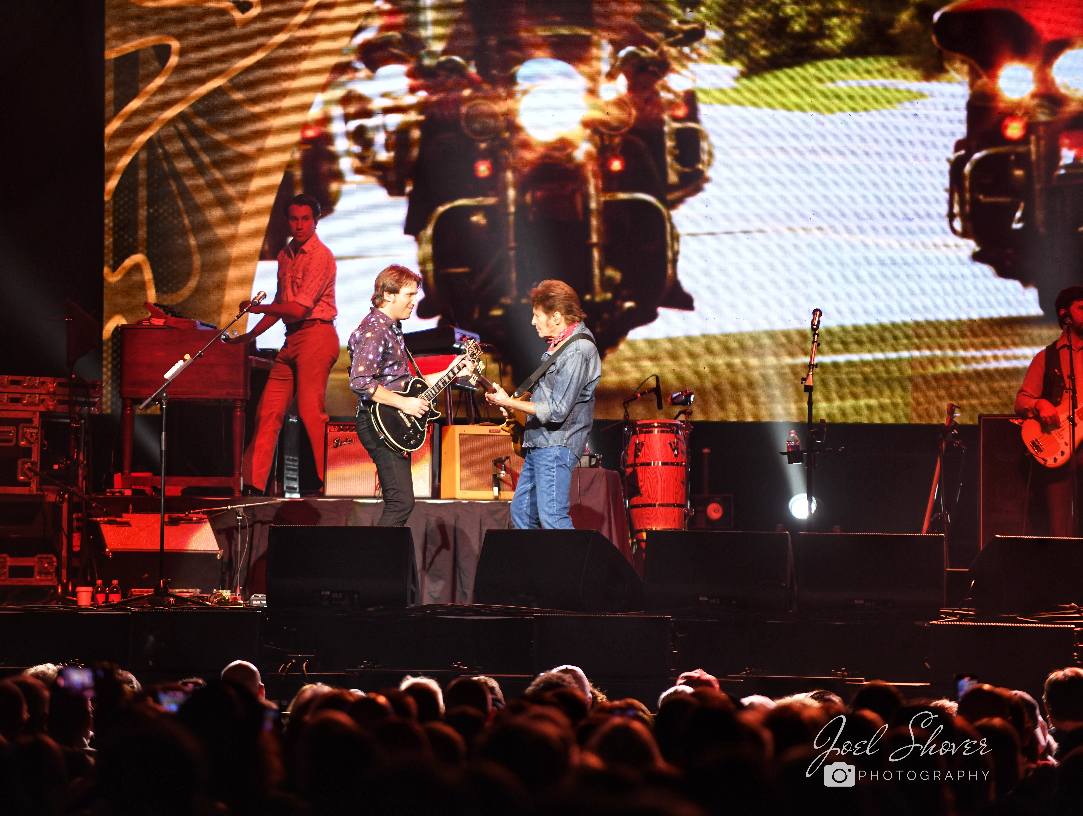
When the house lights came up, nobody rushed for the exits. In the concourse, in line at the bars, under the glow of the casino floor, fans kept saying the same things:
“How does he still have that much energy?”
“I forgot how many songs he wrote.”
“That was one of the best shows I’ve ever seen.”
From behind the camera, I saw the same thing in every frame: a man who fought like hell for his songs, his name, and his peace—and won. A family man, praising his wife and kids like they’re his true headliners. A legend standing in one of the finest arenas in the country, giving every corner of the room everything he’s got left. John Fogerty didn’t just give us a concert—he gave us his story, set to the songs that shaped our lives.
Go See Live Music…..
Till the next show…

To submit an article an article or review, or to just say hello hit us at [email protected]
Also- check out the search feature in the upper right hand corner and search for your favorite artist, event, venue or genre. You’ll be surprised at what you find!
Check out the Live Music News and Review.com Facebook page for updates and announcements.


